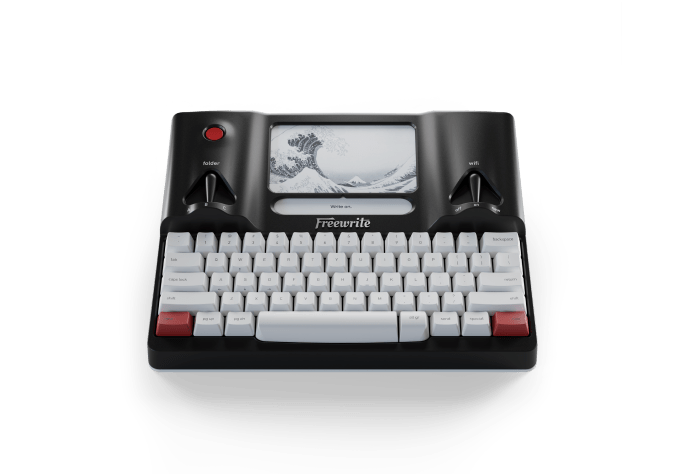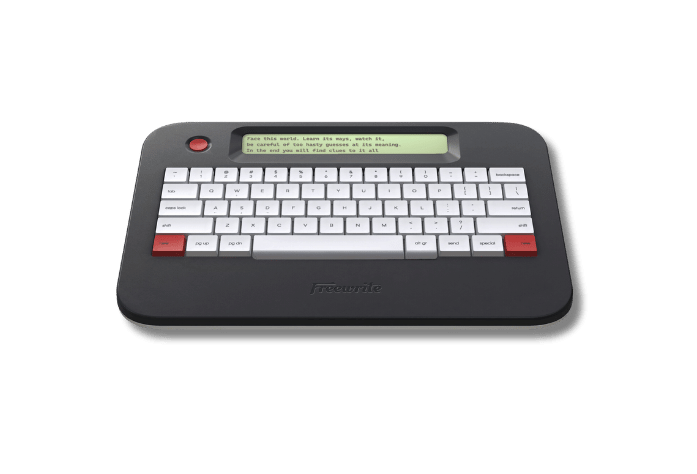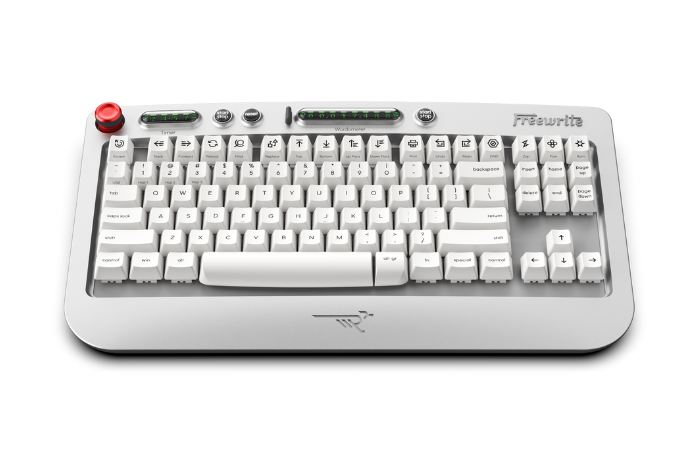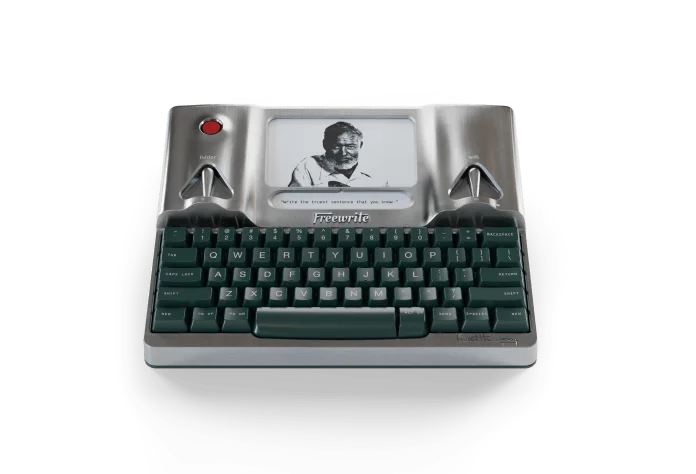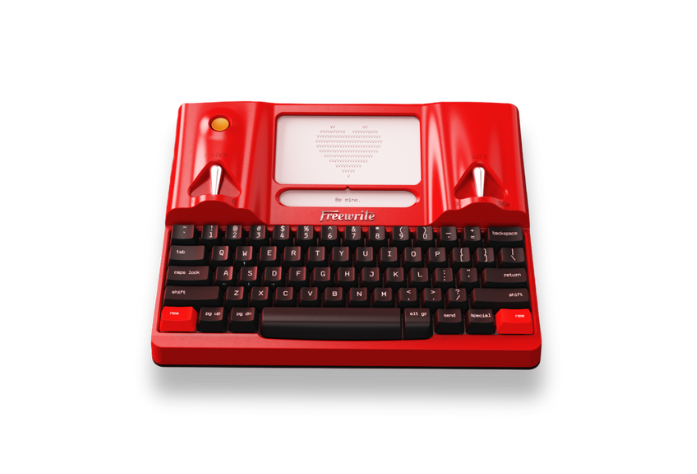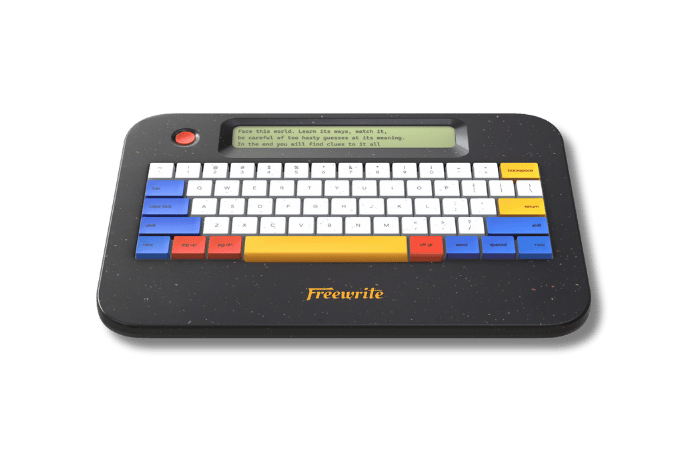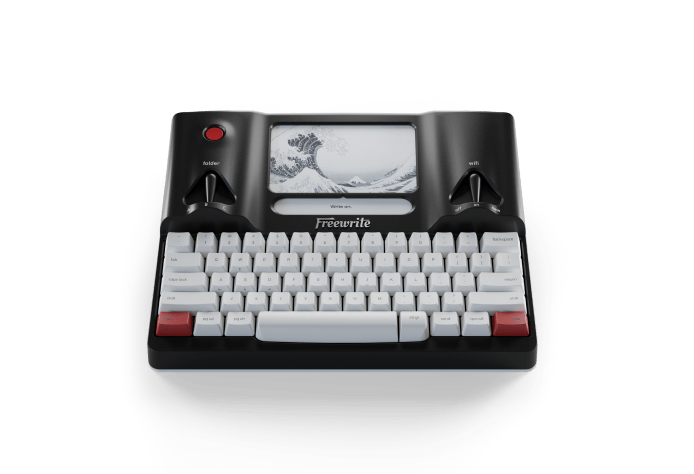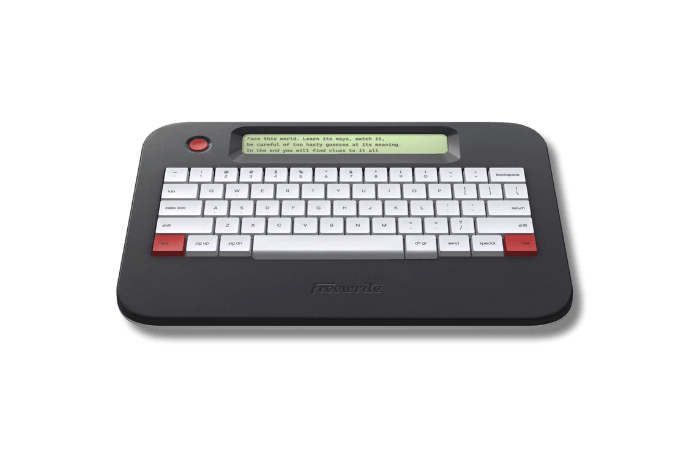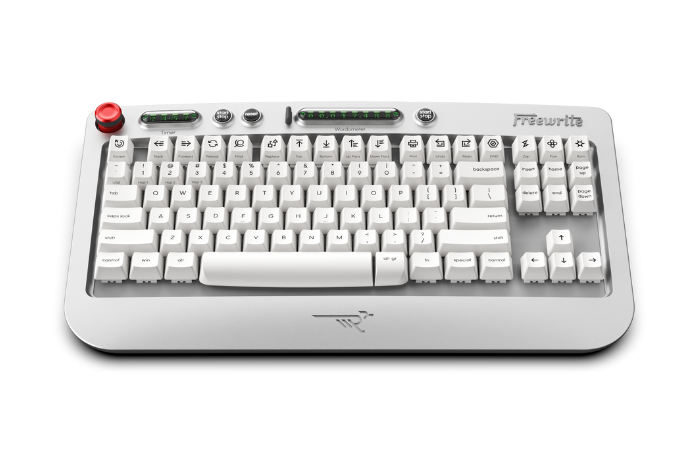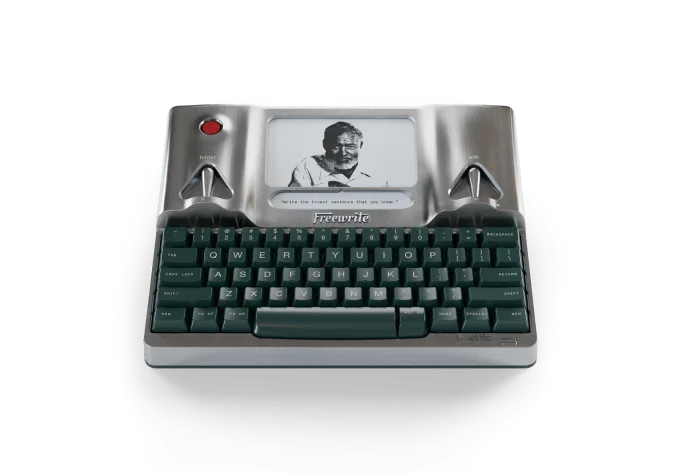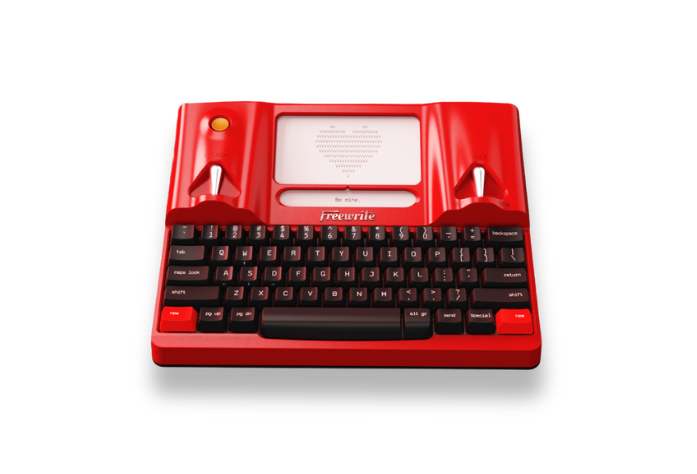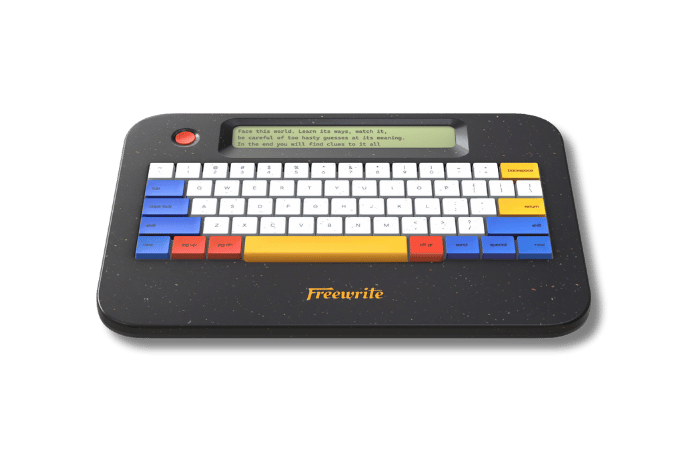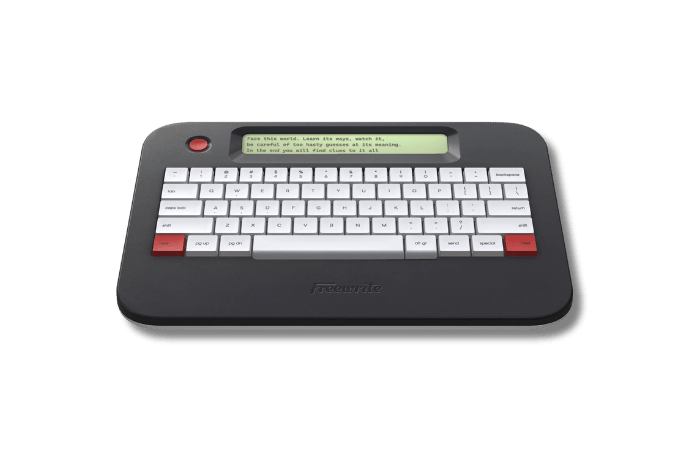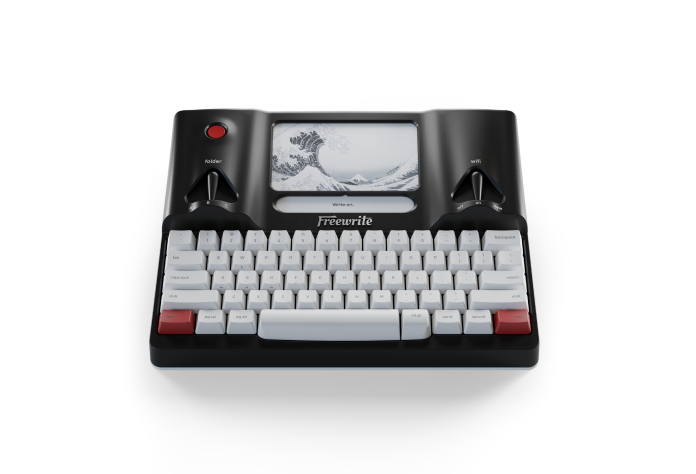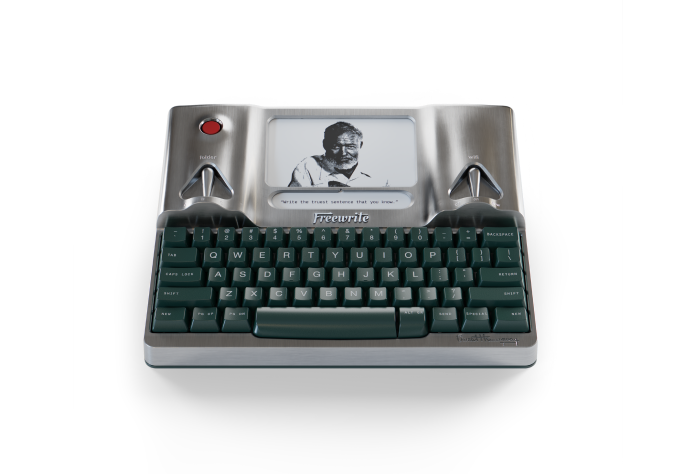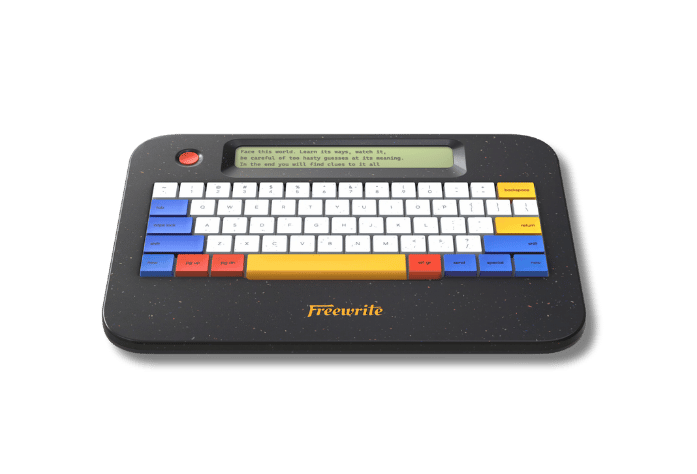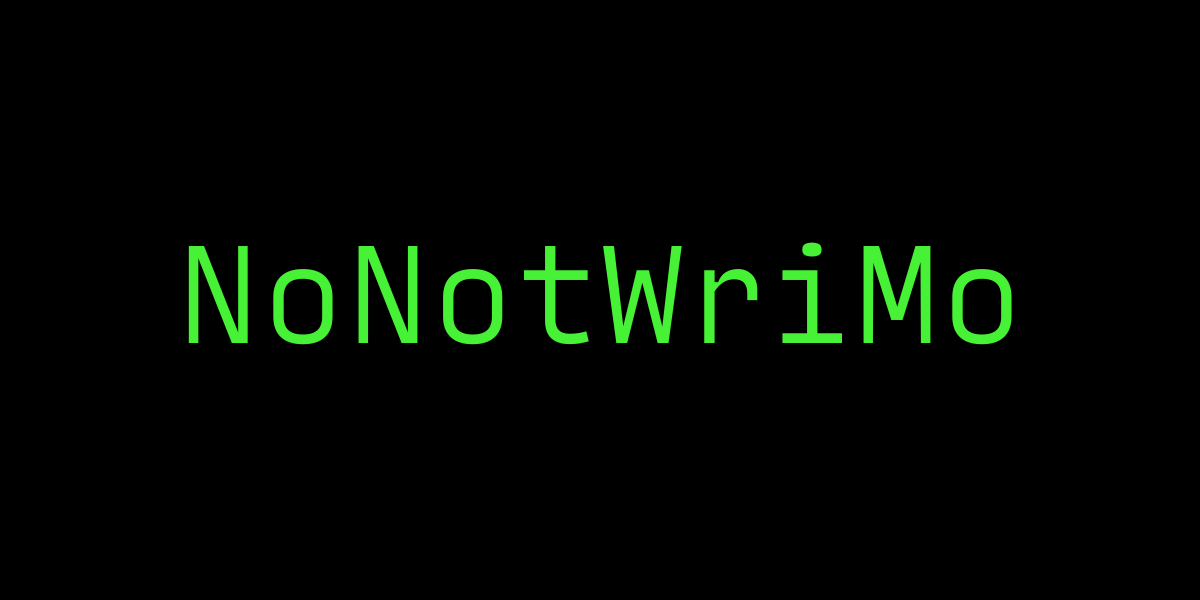In the previous blog in this series, we looked at some popular literary devices that can make your writing stand out. This week, we’ll be taking a deep dive into some literary devices that you’ve probably never heard of — but which can add incredible power to your writing.
When I first started studying for my degree in English Language and Creative Writing, I had no idea there were so many different literary devices. Sure, I knew about metaphors and similes, alliteration and assonance, but when I first came across terms like Epizeuxis, Polysyndeton,and Litotes, I was completely lost. I mean, seriously, those words look like someone dipped their hand into a bag of Scrabble tiles, pulled out random letters, and strung them together.

While these literary devices are much less well known — probably because most people can’t spell them — I discovered that they’re actually pretty cool. They made my writing stronger, more impactful, and allowed me to develop my own unique writing style. I use them in my fiction, of course, but I also find myself using them in my ‘day job’ as a copywriter, too.
In this article, I’m going to be exploring my top five unusual literary devices and how you can use them to make your prose more powerful. Ready? Let’s dive in!
1. Metonymy
I find the figure of speech type literary devices like metonymy really useful when I’m writing — especially when I’m working to tight word limits. Metonymy is a device that you probably already use — but just don’t know you’re using it!
Metonymy is a device that originates in the Greek word metōnymía, which, literally translated, means “change of name”. It is, essentially, when you call an object or concept by the name of something with which it’s associated or of which it’s an attribute.
You’ll be familiar with the phrase, “the pen is mightier than the sword”. Well, this is metonymy in action. “Pen” is used to represent the written word, and “sword” represents military power. By using metonymy, you shorten a sentence, “the written word is mightier than military power”, to something that reads better and flows much easier off the tongue.
Let’s look at some other examples of metonymy:
- “Hollywood” — used instead of “the United States film industry”
- “Bollywood” — used instead of “the film industry in India”
- “The Crown” — used instead of “king/queen”
- “Capitol Hill” — used instead of “the United States Government”
- “Downing Street” — used instead of “the government of the United Kingdom”
- “Lend me your ears” (from Julius Caesar by William Shakespeare) — used to mean “listen to me”
- “Sweat and blood” — used to mean “hard work”
Using metonymy in your writing can have several benefits. In many cases, it makes your sentences shorter. You can also use it to avoid frequently repeating the same phrase. Additionally, it makes your writing more interesting — especially if you’re able to come up with your own metonyms (making sure that your audience will understand the meaning).
2. Polysyndeton
I love discovering the etymology of words. Polysyndeton is a word that comes from the root syndetic, which means connected. Syndetic comes from the Greek word “syndein”, meaning “to bind together”. Poly, of course, is a prefix meaning “many”, so essentially polysyndetonmeans “multiple connections”. If you’ve been following this brief etymology lesson, you can probably guess what polysyndeton means as a literary device.
Polysyndeton is when you use lots of conjunctions (connections) in a phrase or a paragraph — instead, for example, of using commas. It creates a kind of rhythm to your writing that makes passages more memorable and interesting. The unconventional use of conjunctions (such as and) stands out to your readers and grabs their attention.
Let’s look at some examples:
- “If there be cords, or knives, or poison, or fire, or suffocating streams, I’ll not endure it” — Shakespeare, Othello
- “I said, ‘Who killed him?’ and he said ‘I don’t know who killed him, but he’s dead all right,’ and it was dark and there was water standing in the street and no lights or windows broke and boats all up in the town and trees blown down and everything all blown and I got a skiff and went out and found my boat where I had her inside Mango Key and she was right only she was full of water.”— Ernest Hemingway, After the Storm.
- “And every living substance was destroyed which was upon the face of the ground, both man, and cattle, and the creeping things, and the fowl of the heaven; and they were destroyed from the earth: and Noah only remained alive, and they that were with him in the ark.” — Genesis 7:3
There’s the inverse version of polysyndeton — asyndeton — which is where you don’t use conjunctions, and, instead, use commas. Not surprisingly, asyndeton comes from the Greek, meaning “not connected”. Polysyndeton and asyndeton can both be used to vary your stylistic effect in your writing.
3. Litotes
Litotes is another figure of speech device. This one has been used (at least) since the time of Greek tragedies and comes from a word that means “simple” in Greek. I’m pretty sure that you’ll already be using this literary device, but it can be useful to know the names of the devices you’re using — and all the ways that you can potentially use them.
In 2015, The Guardian newspaper declared litotes to be “the most common rhetorical device you’ve never heard of” — and, therefore, it’s not surprising to find that politicians love to use litotes in their speeches.
Have you ever responded to the question, “how are you?’ with a casual “oh, not bad”? If so, you’re an official user of litotes (like the majority of the population!). The Merriam-Webster dictionary defines litotes as: an understatement in which an affirmative is expressed by the negative of the contrary (as in "not a bad singer" or "not unhappy").
In other words, if you use double negatives (e.g. “not bad” instead of “good”), you’re using litotes. You’re affirming something as being positive without outright saying something positive. There’s more to litotes than double negatives, however. Let’s take a look at some examples:
- “She’s not as young as she used to be”or “he’s no spring chicken” — instead of saying that someone is old.
- “Keep an eye on your mother whom we both know doesn’t have both oars in the water.” (Jim Harrison, The Road Home)— meaning that the mother is not quite compos mentos.
- “The problem is that under David Cameron we have a government who, far from turning things round, is making things far worse. Not by accident. But because they are guided by totally the wrong beliefs about how a country succeeds in the 21st century.”(Ed Miliband, former Labour Party leader in the UK) — this is a more complex litotes example where “not by accident” is used to mean “on purpose” without outright saying it as an accusation.
- ‘It’s not wrong to express concern about the scale of people coming into the country” (David Cameron, former UK Prime Minister) — here, instead of admitting that “it’s right to express concern”, the phrase “it’s not wrong” is used to make his statement less controversial.
4. Synecdoche
Like metonymy, synecdoche is a figure of speech type literary device that can make your writing more interesting. The Merriam-Webster dictionary defines it as:
“a figure of speech by which a part is put for the whole, the whole for a part, the species for the genus, the genus for the species, or the name of the material for the thing made.”
Okay, so that definition doesn’t really make it clear what happens when you use synecdoche, does it? To help you get to grips with it, let’s check out some examples:
- “Russia got the Cup” — used instead of saying “The Russian football team were the winners of the World Cup tournaments”
- “Wheels” — instead of “car” (which in the definition above is a part being put for the whole)
- “He’s taking her hand in marriage” — instead of “He’s getting married to her” (it’s not just her hand that he’s marrying!!)
- “Coin” — instead of “money” (money, as a whole, comprises more than coins)
- “The boards” — instead of “the stage” (as in “treading the boards”)
- “Suits” — instead of “business executives”
- “Shakespeare” — instead of “the works of Shakespeare”
Synecdoche is often confused with metonymy since they are very similar. However, with metonymy, you can use terms that are related to something, they don’t have to be a part of it.
5. Epizeuxis
Considering that this word is so hard to spell and pronounce, you’d expect it to be some highly technical literary device, right? Actually, it’s not — but epizeuxis is still a great tool to have in your writer’s toolbox.
So, what is epizeuxis? Essentially, it just means repeating a word to give something a lot of emphasis or emotion. It’s great for grabbing your readers’ attention and communicating that what you’re saying is really important. You’ll find epizeuxis used a lot in political speeches (perhaps that’s why the word’s so complicated when the device itself isn’t?!). For example:
“Never give in — never, never, never, never, in nothing great or small, large or petty, never give in except to convictions of honor and good sense. Never yield to force; never yield to the apparently overwhelming might of the enemy.”
- Winston Churchill
Epizeuxis has been around for a long time, with writers using it in the Old Testament of the Bible:
“Holy, holy, holy is the Lord of hosts; the whole earth is full of his glory”
- Isaiah 6:3
You can, however, use epizeuxis in any kind of writing to add emphasis and emotion. Let’s look at some more everyday examples:
- “I can’t stand it,” Hillary sighed. “All he ever does is moan, moan, moan. I’m at my wits end with him.”
- William surveyed the garden and put his head in his hands. Where did he even start? The whole garden was ruined with weeds, weeds, and more weeds everywhere.
- The best advice I got when I was starting out was from someone much older and wiser than I was. She told me, “The only way you can succeed as a writer is if you write. Write when you don’t feel like it. Write when you can’t see the point. Write when the rejection letters come in. Just write, write, write — and don’t stop.”
Like all literary devices, epizeuxis can be overused, and then it loses some of its impact. Try to get the balance right when you’re using this kind of literary device in your writing.
Unusual Literary Devices Galore
I’ve only given you a taste of the literary devices that are out there ready for you to harness as powerful writing tools. While these are my top five, there’s plenty more, such as hypophora, anastrophe, chiasmus, isocolon, polyptoton, anadiplosis, anaphora,and epistrophe.
If you want to add more style to your writing and keep your readers gripped, you should be using literary devices — and using them properly, too. Of course, it’s also important not to overuse them — but the more tools you have in your writer’s toolbox, the less likely you are to depend too heavily on one particular tool.

